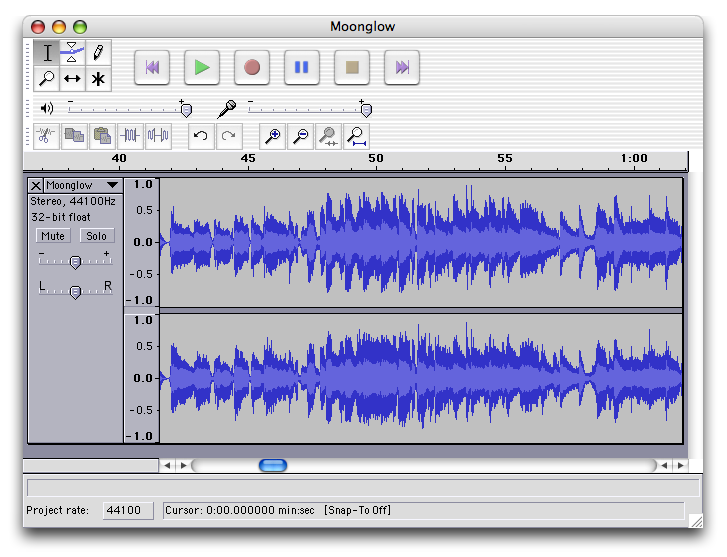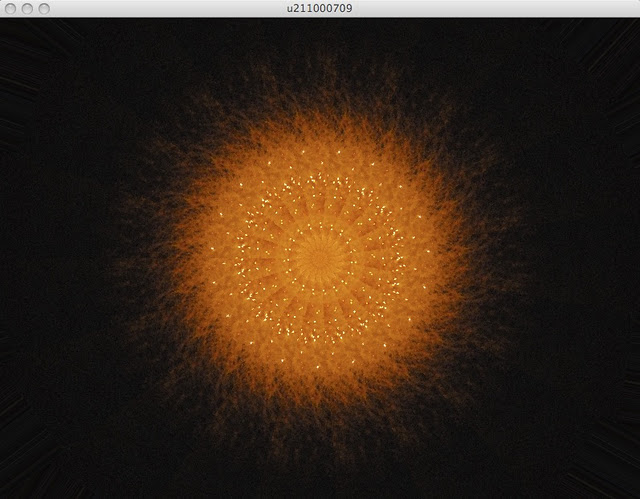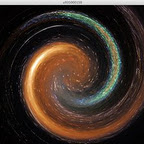(and why I’m still glad I tried)
For the past month I have been participating in the RPM challenge, which in their words is,
Record an album in 28 days, just because you can.
What is considered to be an album is either 10 songs or 35 minutes of music. I was shooting for 35 minutes and fell pretty short of the mark.
It’s quite a tall order for if you have other responsibilities in your life. I could imagine it being not so difficult had I been able to retreat to a secluded studio somewhere, or taken a few weeks off of work to dedicate my mind, body, and soul to the task at hand. I knew I would not have these luxuries, but I also don’t think that is the point, nor do I think most musicians, amateurs or professionals alike, have these luxuries.
For me, I was enticed by one of their poster’s tag line,
What if every musician you knew put their music first for 28 days?
Sometimes it seems there is an infinite list of reasons for musicians to put almost any other aspect of lives before their music. I decided to take the month of February this year and spin that list right around. Equally important to the challenge I had with myself was an understanding that their would never be a “good” month to do this, or some magical distraction free place to run away to, and that the next step for me as a musician was to realize that fact and embrace it. In this case, by attempting to put 35 minutes of music on and CD, during the shortest month of the year, without taking any days off work, and mailing it to New Hampshire.
Side-note:
I once saw an interview with Smokey Robinson where he talked about writing a song everyday just because he can. I’m sure there are thousands that never make it onto a record, but he did point out that he doesn’t “have to go on top of a mountain” somewhere so he can work, it’s just a simple part of his day and life. I’m not a huge Smokey Robinson fan, he wrote some great hits no doubt, but that particular aspect of him I respect most.
Positive Effects
Despite throwing in the towel mid-last week when I realized there was no longer a chance of having 35 minutes of music finished, I still feel that some good things came from the experience.
- Workflow: Having an upcoming deadline forces you to stop tinkering with your setup and start producing material as fast as possible. The RPM challenge is a good way to put your DAW workflow strategies to the test and also realize how they can be improved.
- Writing Every Day: Get yourself in the habit of spending every free minute enjoying the life of a composer. Doesn’t matter how you do it, record it, sing it, write it down on staff paper, program mathematical algorithms, or just draw some abstract shapes, you’ve got to be creative every day.
- Form and Completion: This is the one that gets me. I’ve always had more ideas on the table than finished products, but again, that deadline looming over you forces you to figure out how to build on those random bits of inspiration and give your pieces form and structure.
Finally, here are two of the more “finished” sounding pieces that I was working on during February. They are both just one part songs which feature more free guitar improvisation than solid melody, but I hope you enjoy anyway.
The first song is temporarily titled Egypt 2011 because I had been watching news reports of the riots before sitting down to record this one. I tried to give it a dark feel.
Audio clip: Adobe Flash Player (version 9 or above) is required to play this audio clip. Download the latest version here. You also need to have JavaScript enabled in your browser.
The second song has the working title of Tuesdays which I got when added the melancholy horn lines on a cold dreary Tuesday afternoon. The whole tune ended up having a slightly more wistful feeling than I was really going for, but I guess I can live with that.
Audio clip: Adobe Flash Player (version 9 or above) is required to play this audio clip. Download the latest version here. You also need to have JavaScript enabled in your browser.
Tags: Music, RPM challenge, songwriting
on the excellent website AudioTuts+ recently. It was a great excuse to become more efficient with this amazing free software program.



 I was mostly interested in a practice solution that didn’t disturb my neighbors, or wake up my girlfriend late at night.
I was mostly interested in a practice solution that didn’t disturb my neighbors, or wake up my girlfriend late at night.











